We recently connected with Stan Kurth and have shared our conversation below.
Stan, thanks for taking the time to share your stories with us today Can you open up about a risk you’ve taken – what it was like taking that risk, why you took the risk and how it turned out?
For a number of years, I struggled with style. Some of my paintings were good, but the body of work I created was not unified. The problem was I was painting for this imagined audience in my head, trying to please them, hearing their criticisms and comments about the rules. A little more than twenty years ago I came to realize the most important audience I could please was myself. The manner in which I painted changed. It became more intuitive. I quit doing any planning, instead just started making random marks on a substrate without any planned finish other than something in line with my own personal aesthetic. That personal aesthetic is what I now continually pursue. It has a lot to do with composition using the elements and principles of design mixed with lush pigment and brush strokes. My work eventually took on a style of its own, but I had to risk being rejected by my peers to get there.
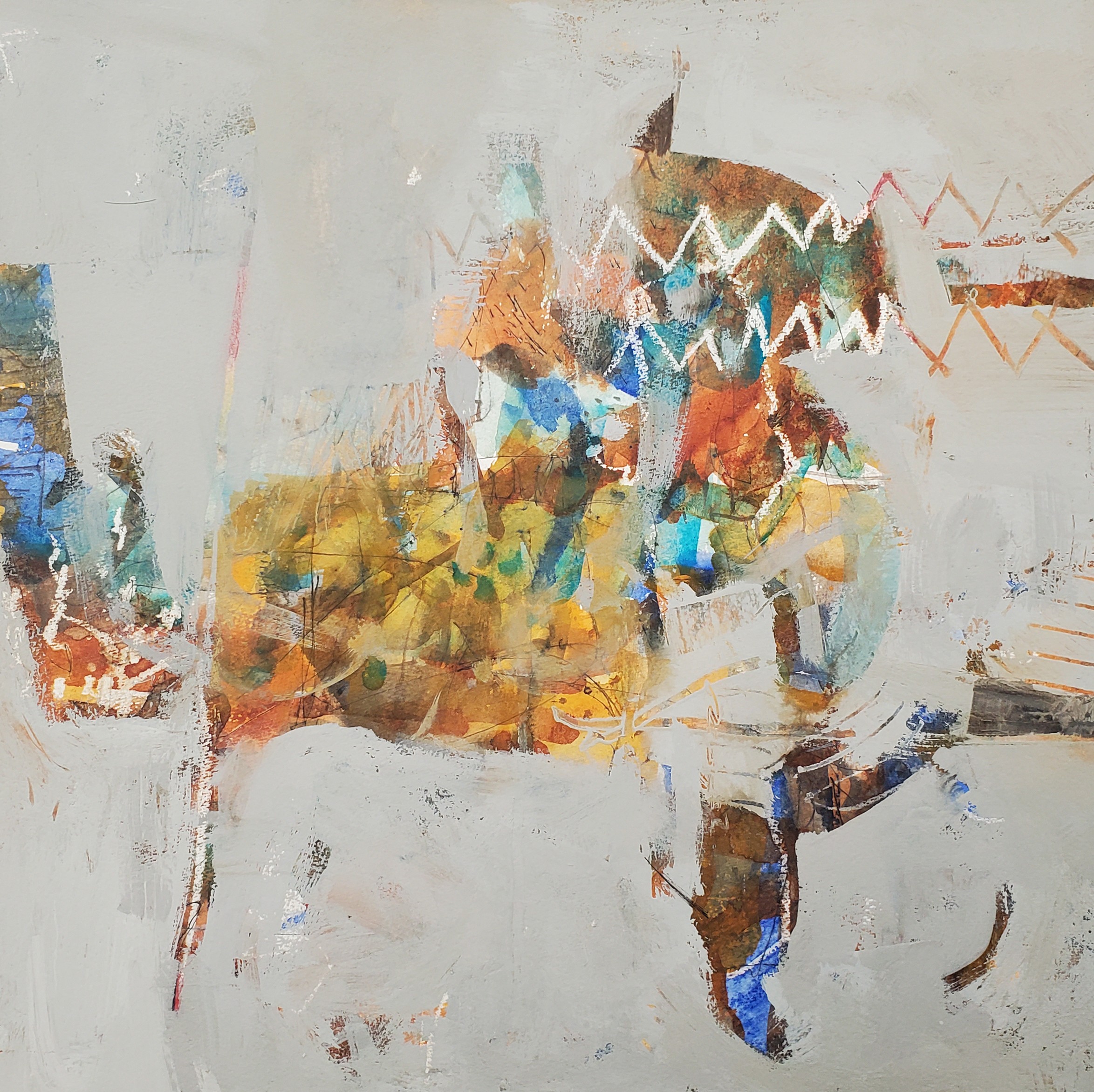
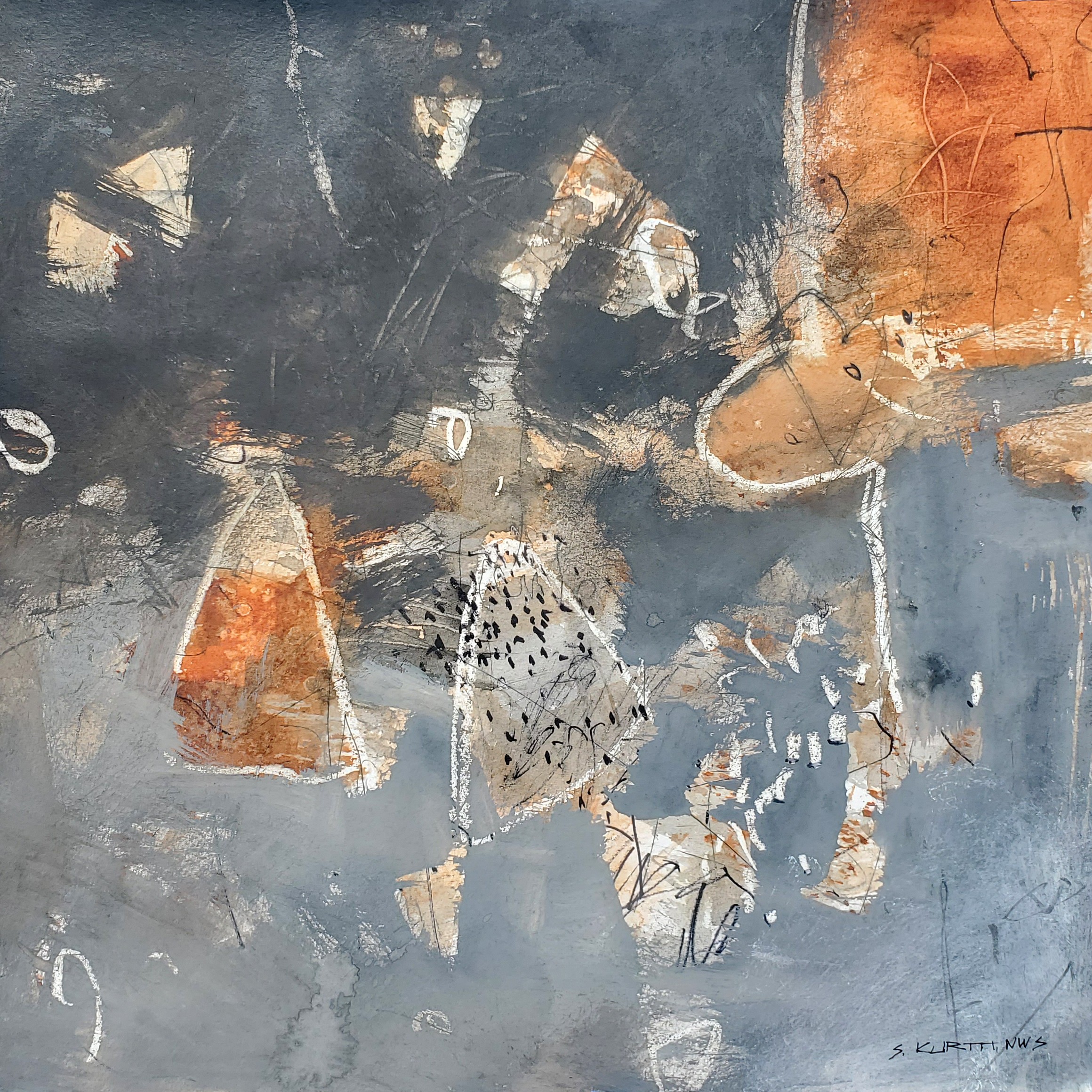
As always, we appreciate you sharing your insights and we’ve got a few more questions for you, but before we get to all of that can you take a minute to introduce yourself and give our readers some of your back background and context?
I knew what I wanted be when I was four years old. My mother and her sister were very close, and I spent a lot of time at my aunt and uncle’s house. My aunt was an artist and art teacher. I remember walking into her house and smelling what I would later find out was damar varnish, turpentine, and linseed oil. That aroma is forever embedded in my olfactory lobe. I was enthralled with the paintings my aunt was making, especially the one of the cowboy sitting at the campfire with his horse nearby. I couldn’t believe anyone could do that. My aunt could sense my excitement and gave me a small canvas and some oil paint and brushes. I made my first painting, which I still have. I knew then I would be an artist. That was in May of 1954. I was four years old.
Keeping focused on being an artist turned out to be a bigger challenge than my four-year-old mind could have imagined. It was sheer desire that would keep me going in the long haul. I was part of a conservative family, out west rugged individualist types. When it came to college, and my father paying for it, I had to make a decision as to what my major would be. If it was only up to me without the image of father in my head, I would have chosen art. Since dad was paying, I figured it best to please him. Although I never posed the question to him about a career in art, I just assumed it wouldn’t go well. During freshman orientation at Northern Arizona University, there was a time when all the freshmen had to go to a designated area to meet with advisors and such. I was still undecided on a major so I looked around at all the placards in the auditorium and found one over in the corner where not too many students were gathered. It was, “Pre-Law.” I thought for sure that would please dad.
The Pre-Law advisor suggested I major in History and minor in Economics. History was not a bad choice but Economics was horrible and by the second semester, I changed my minor to English Lit. Shortly after graduating, I conveniently had a hangover the morning of the Law School Admission Test. That was the end of that nonsense. I also came to realize that my father wouldn’t have minded whatever career I had chosen. It was only my fear of what he might say. I never quit drawing and painting throughout high school and college. All of my free electives in college were Fine Art classes. Eventually, I ended up with more semester hours in Fine Art than in History and English Lit.
With a degree in History, what the hell was I going to do? I ended up getting a job making coaxial cable for Systems Wire and Cable in Phoenix, Arizona. I was a drawbench operator, sheathing aluminum tubing over copper insultated with polystyrene. It was a nasty job. The solvent used to clean the oil off the cable after it went through the dies was trichloroethane and I worked over that tank for most of the shift. There was an extruder right next to the drawbench which was spewing the fumes of melting polyvinyl chloride compound into the air.
One morning, almost three years on the job, as I was having coffee waiting for my shift to start, a coworker came up to me and said, “You know Stan, you’re a lifer here.” It didn’t take me long to reply, “You know Dennis, you’re wrong. I quit.” I went to my supervisor and told him I was quitting. He simply looked at me and asked if I would like to be a part of the volunteer layoff program they were about to initiate. I said yes of course. That meant I could get unemployment. On the way home I decided to stop by the library and check out some art books. After finding some good ones (most were books on Andrew Wyeth), the librarian told me I would need to fill out an application to get a library card. On the application, there was one blank to be filled in which caused a little hesitation on my part. It was, “Occupation.” I filled it in with, “Artist.”
For thirty years, I worked in the graphic arts. Parallel to that was my fine art career. I have painted throughout my life, but really amped it up twenty-two years ago. I am active in numerous art and critique groups. I teach intuitive painting workshops throughout the country. I am a master signature member of the National Watercolor Society, master signature member of the Western Federation of Watercolor Societies, signature member of the San Diego Watercolor Society, Arizona Watercolor Association and Contemporary Watercolorists of Arizona.
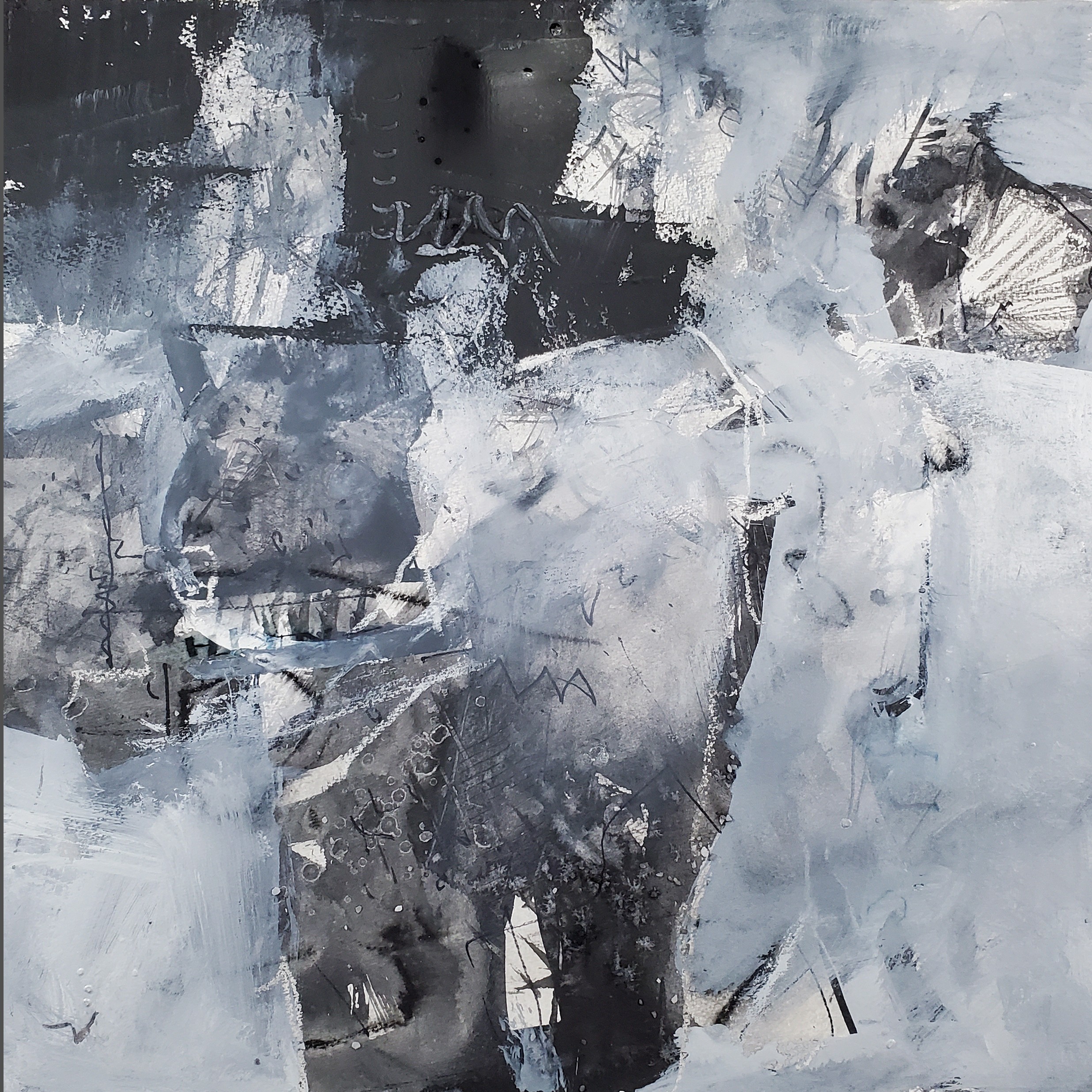
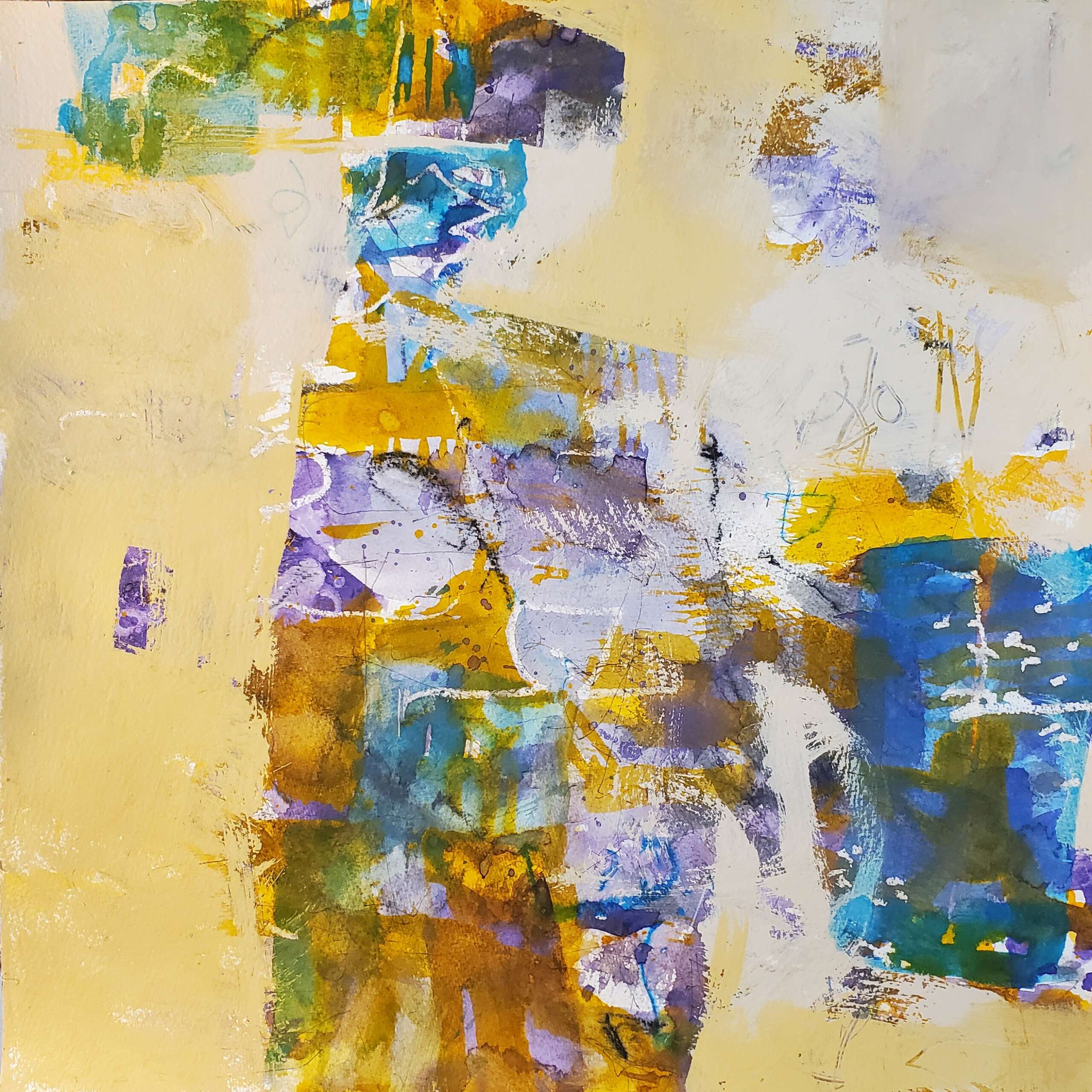
Can you tell us about a time you’ve had to pivot?
Twenty-two years ago I was diagnosed with cancer. It woke me up from my procrastination stupor. Realizing my time remaining is like a dissipating vapor, I have gone about doing what I most want to do in life, paint and associate with others in that arena.
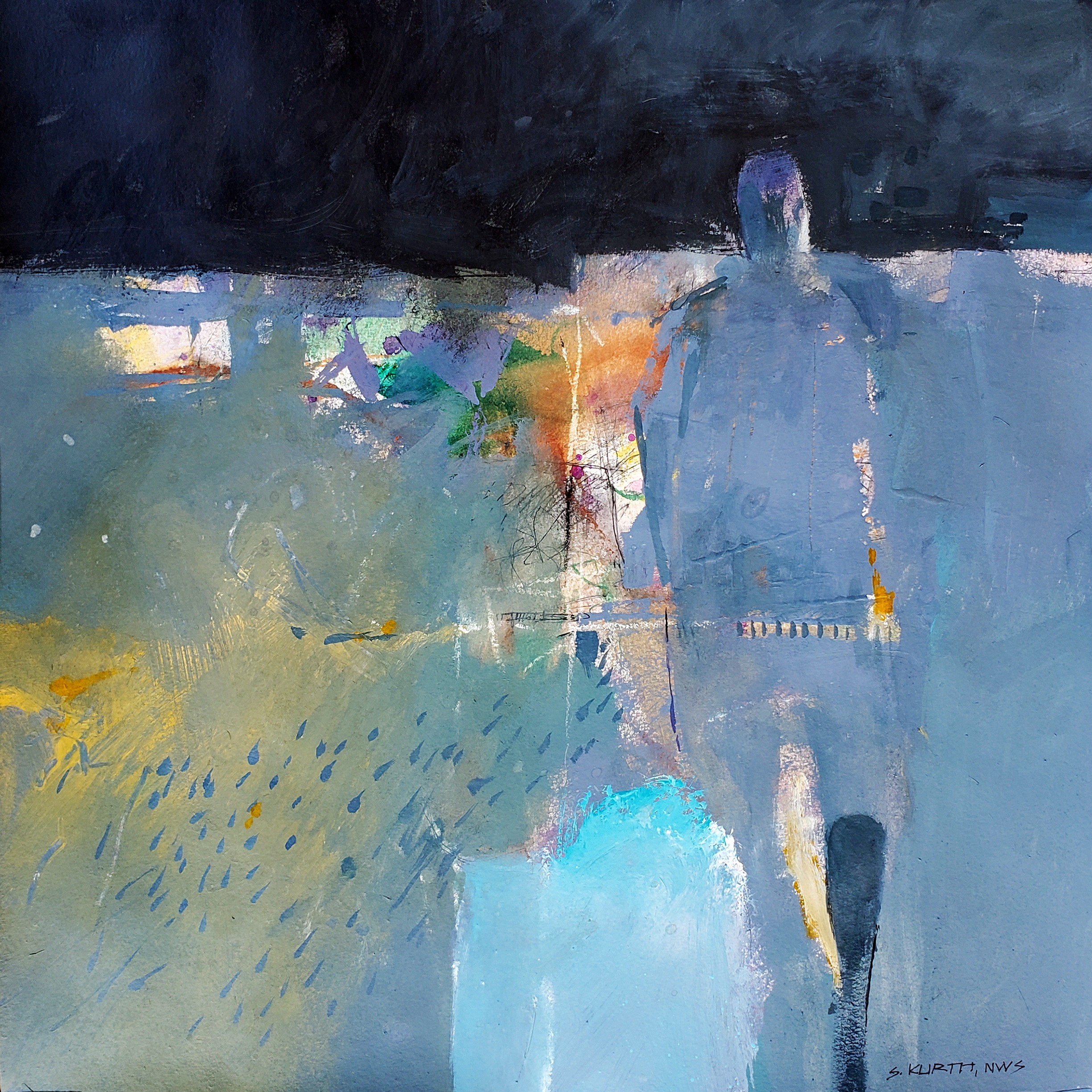
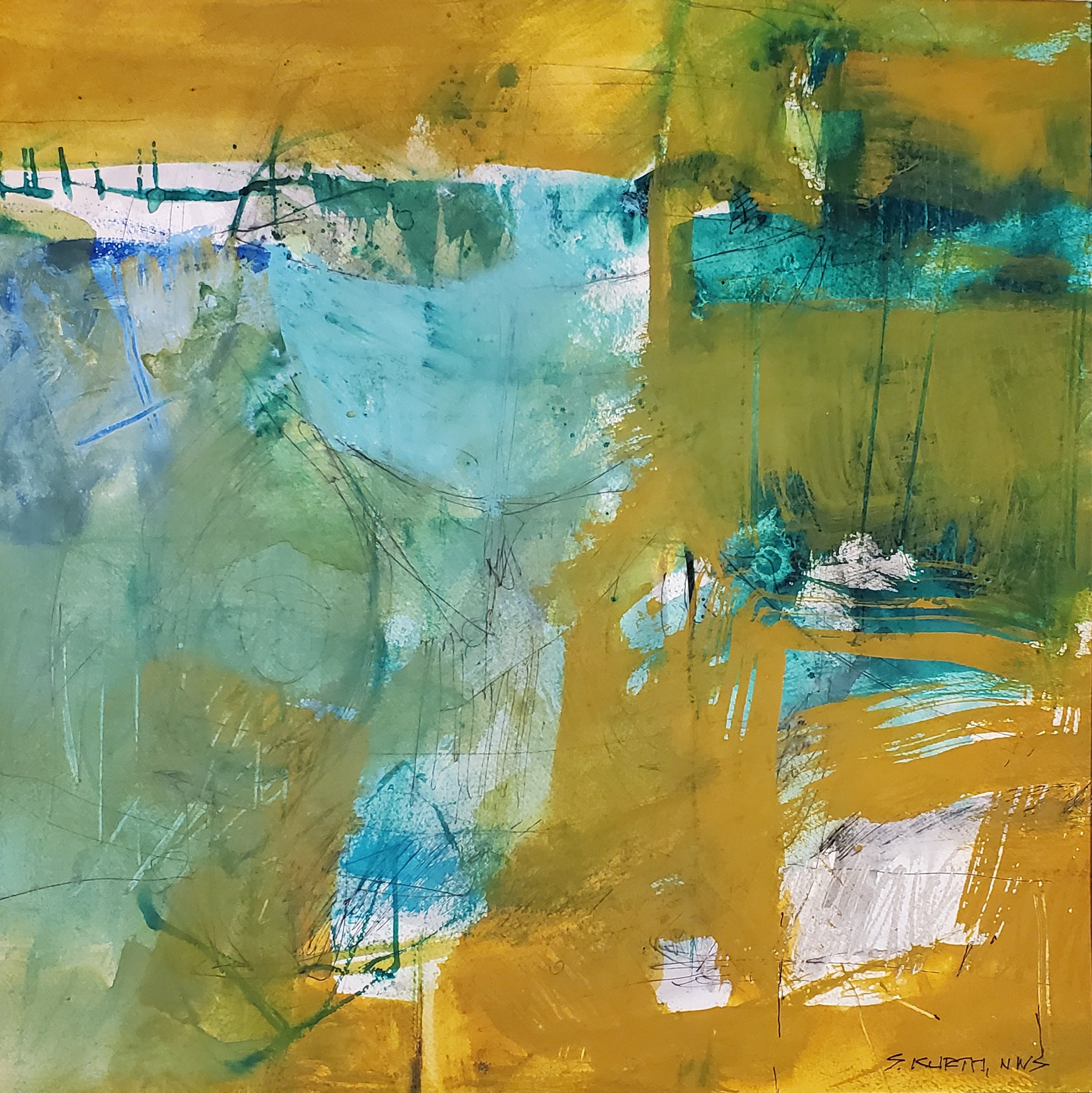
Can you share your view on NFTs? (Note: this is for education/entertainment purposes only, readers should not construe this as advice)
It’s just somehting else that would take time away from my objective. I’m too old to have any interest in blockchains. and the unecessary digital complexity therein.


Contact Info:
- Website: https://stankurth.com
- Instagram: @kurthzone
- Facebook: https://www.facebook.com/stanley.kurth/
- Linkedin: https://www.linkedin.com/in/stan-kurth-0aa79828/
- Twitter: https://twitter.com/kurthzone
- Youtube: https://www.youtube.com/channel/UCanmta22NFZZnZ2yjq1xuFA


